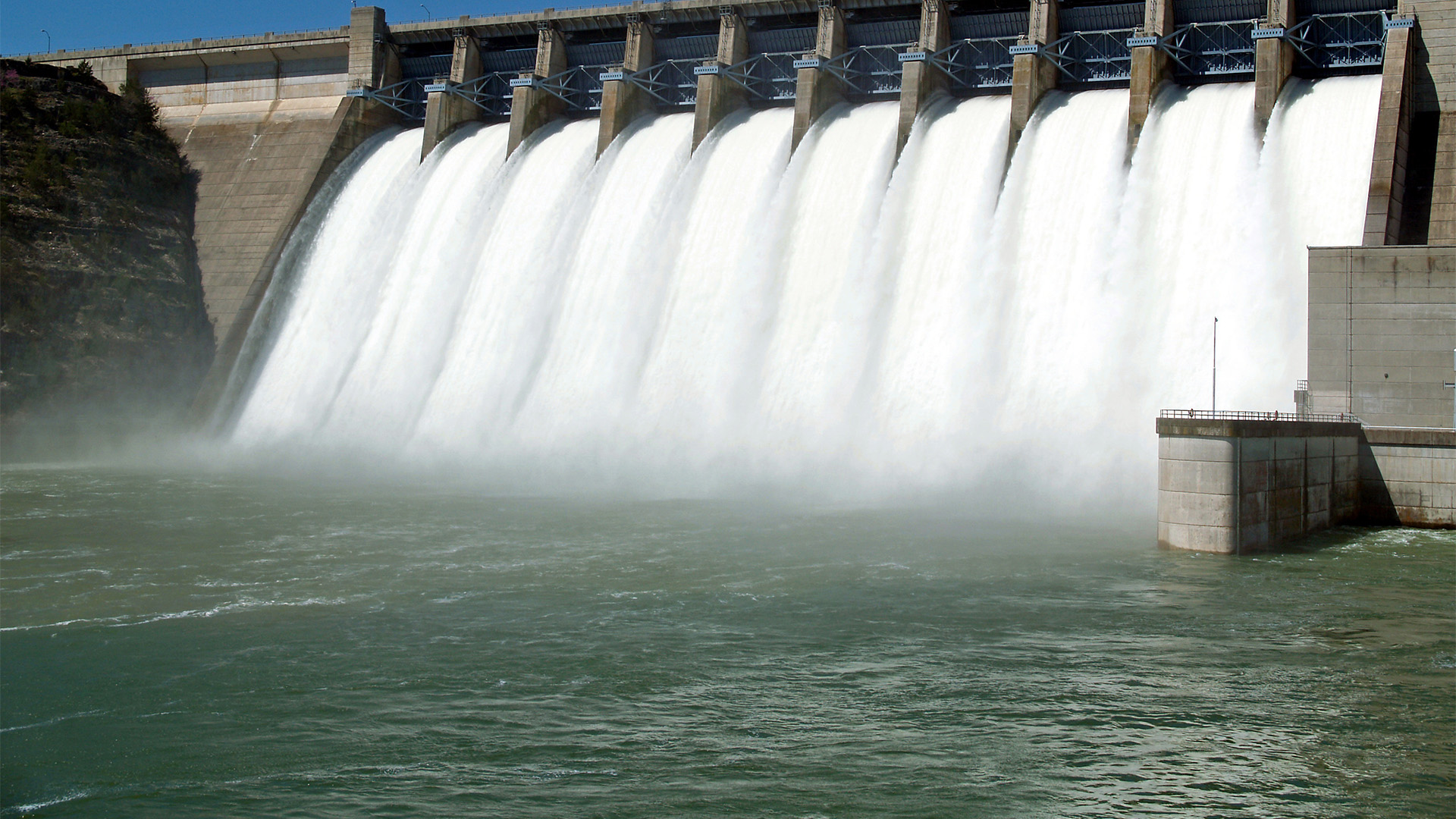Four hours northwest of Townsville, Australia's energy transition to net zero by 2050 is taking a significant step forward with the near-completion of Genex Power's $777 million Kidston pumped hydro project.
Situated 220 meters beneath an old gold mine, this ambitious undertaking is set to play a crucial role in replacing coal-fired power and advancing the country's renewable energy capabilities.
The Kidston project utilises a pumped hydro system, which involves transferring water from a large reservoir to a lower one, passing it through two massive turbines to generate eight hours of firmed renewable power—a highly sought-after achievement in the push towards sustainable energy.
Genex Power's CEO, James Harding, lauds the project's many advantages, including the site's ideal rock structure and close proximity between the reservoirs. He believes that the Kidston project serves as a valuable blueprint for other pumped hydro ventures, as it demonstrates the feasibility of such initiatives and provides valuable lessons for future developments.
However, the project's decade-long journey to near-completion and its reliance on significant taxpayer funding also serve as a cautionary tale for other pumped hydro projects in the pipeline. Notably, Queensland's government is proposing two mega projects, one near Gympie and the other in the Burdekin, which are estimated to cost a staggering $30 billion but offer 24 hours of continuous storage.
Pumped hydro is particularly well-suited for providing rapid response power during periods of low renewable energy output, such as early evenings and mornings. Unlike large batteries, pumped hydro can offer greater storage capacity, making it a highly desirable option for the nation's energy grid.
The Kidston project, operational in 2025, will be capable of releasing water from the upper reservoir to the lower one during times of low renewable energy output, subsequently refilling the upper reservoir during the daytime when renewable energy is abundant. This efficient process ensures the continuous supply of power when needed the most.
Comparatively, the much larger Snowy 2.0 pumped hydro project in New South Wales will provide seven days' worth of storage but faces complexities due to its extensive network of 40 kilometres of tunnels, located in the Kosciuszko National Park. Consequently, the Snowy 2.0 project has experienced a cost blow-out, highlighting the challenges inherent in such ambitious endeavours.
Genex's Kidston project, although smaller in scale than Snowy 2.0 and the proposed Queensland mega-projects, encountered its own challenges, such as water leaks during tunnel drilling. Despite these obstacles, the project has demonstrated resilience, with a quick recovery and implementation of a more conservative tunnel route.
The heart of the Kidston pumped hydro project lies 220 metres underground in the "Powerhouse," where two reversible 125 MW turbines are set to generate electricity. EnergyAustralia has already entered an off-take agreement with Genex to utilise the deep storage capacity during times of low renewable energy production, ensuring a stable energy supply for its customers.
In addition to the pumped hydro project, the Kidston site also boasts a 50 MW solar farm that has been operational since 2017, with plans for a 258 MW wind farm in the works. These renewable projects complement each other, providing a diverse and reliable energy portfolio for the region.
The successful completion of the Kidston pumped hydro project will be a significant milestone for Australia's energy transition and will serve as a valuable model for future renewable energy initiatives. It will not only offer an eight-hour rapid response power capability but also contribute to grid stability services—a vital aspect of a sustainable and resilient energy future.
As Australia aims to embrace net-zero emissions by 2050, projects like Kidston present promising opportunities to achieve this ambitious goal. However, the lengthy timeline and substantial costs associated with the Kidston project underscore the challenges that lie ahead for other pumped hydro endeavours. Nevertheless, with determination and a commitment to sustainable energy solutions, Australia is well on its way to a cleaner, greener future.














